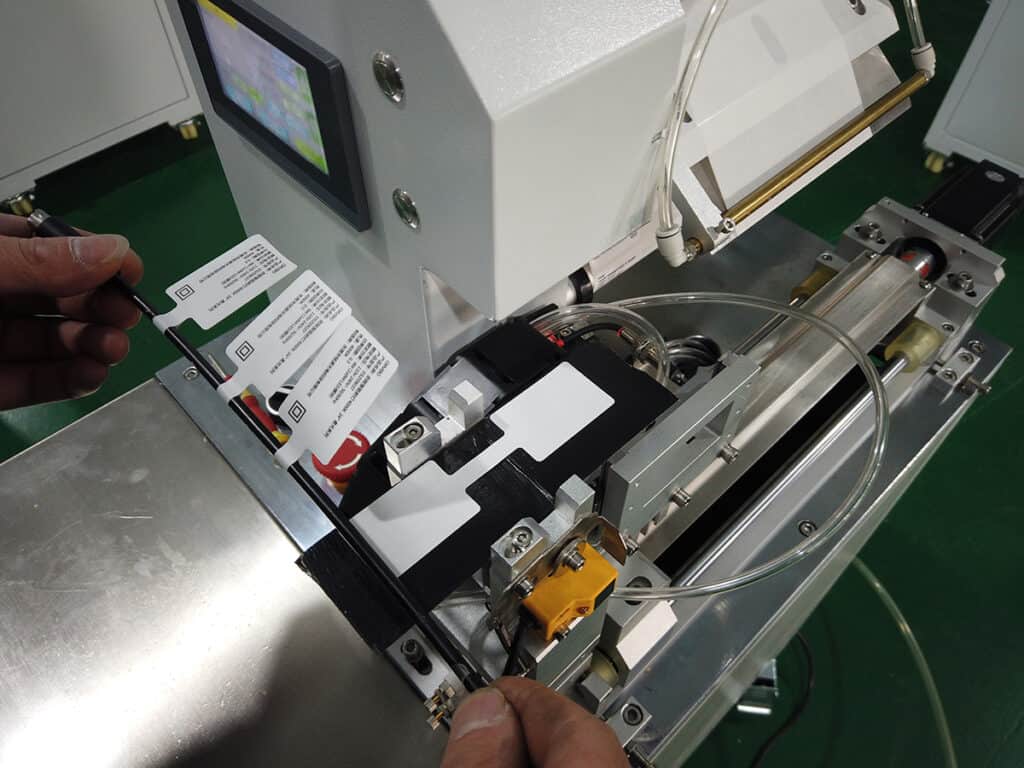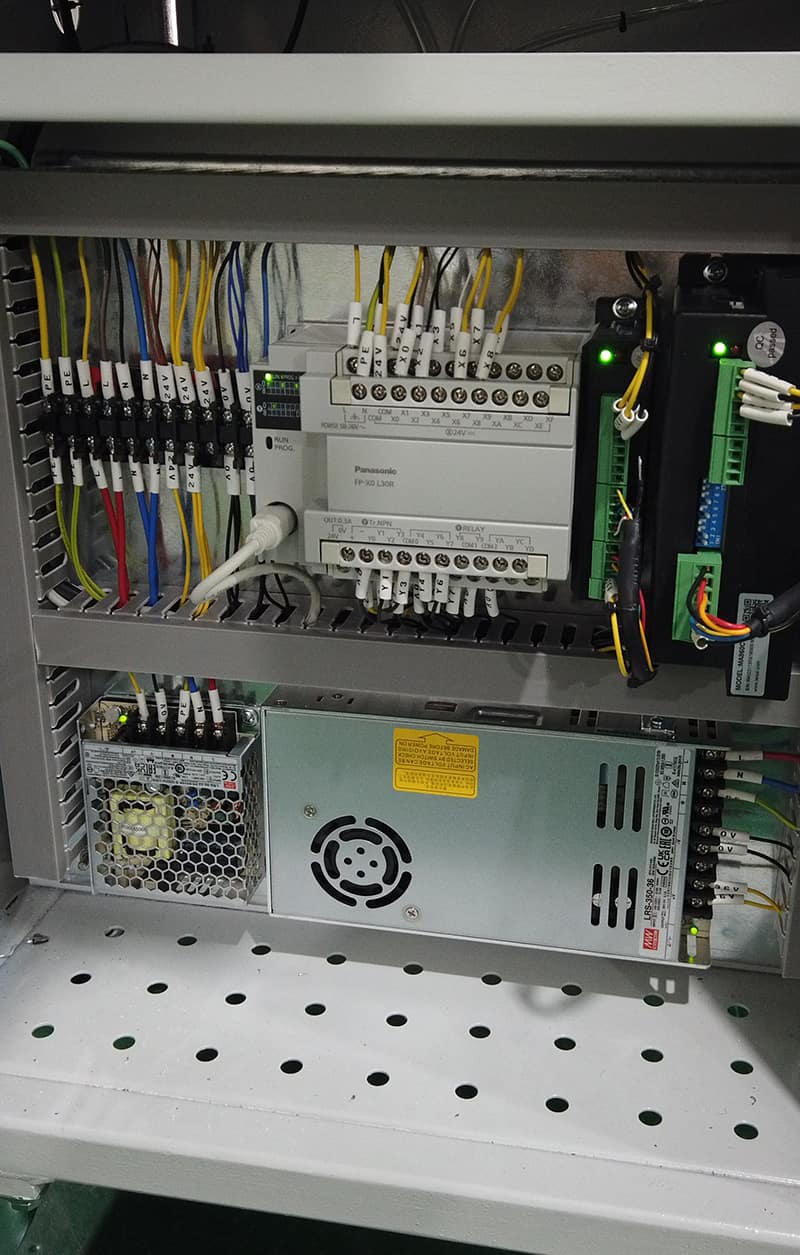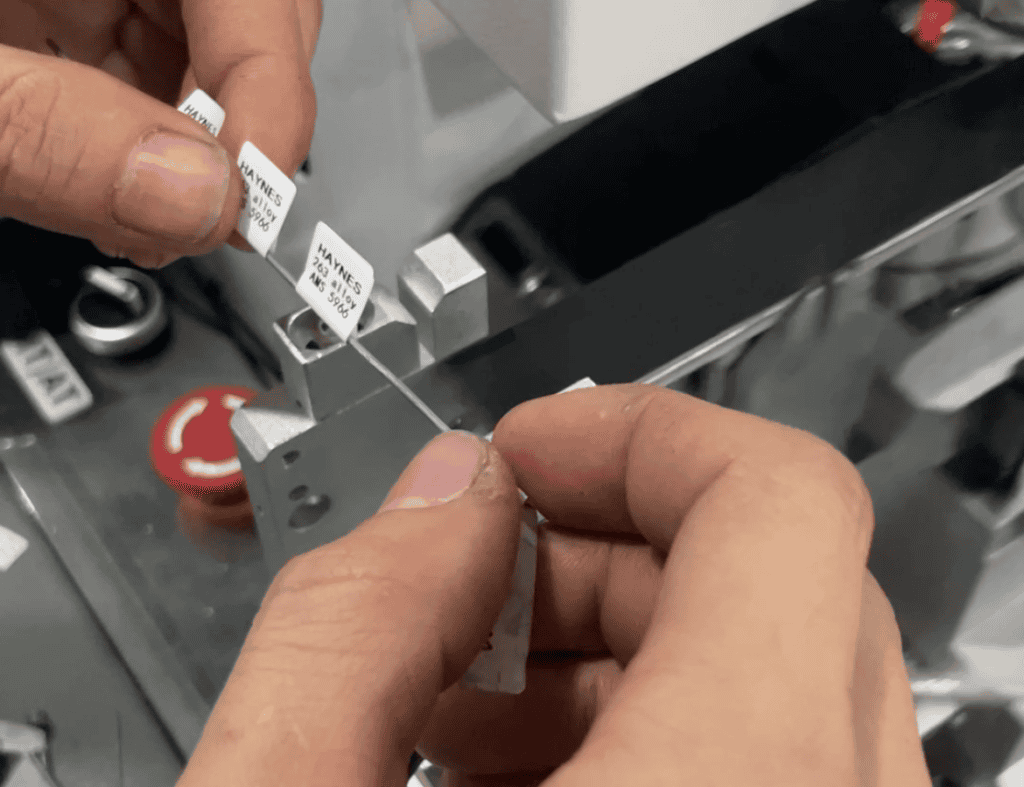Navigating the intricate web of cables without clear labels is akin to finding one’s way in a labyrinth without a map. The importance of labeling cannot be overstated, as it touches upon every aspect of system management, from installation to maintenance, and even emergency response.
Labeling cables is crucial because it ensures operational efficiency, security, and compliance by simplifying identification, troubleshooting, maintenance, and documentation processes, thereby saving time, preventing errors, and supporting future system upgrades and expansions.
Keep reading and I’ll give you the details.

Avoiding Confusion and Saving Time
Imagine the challenge of identifying a specific cable in a bundle without labels. This task can quickly become daunting, leading to significant time wastage. By implementing a systematic labeling system, technicians can easily identify cables, which accelerates the process of adding, removing, or modifying connections. This clarity not only saves time during routine checks but also reduces the likelihood of errors, ensuring that the right connections are made or disconnected, thereby maintaining system integrity. The machine for labeling wires is called a wire labelers.
Furthermore, clear labeling facilitates quicker onboarding of new staff or external contractors. With a well-documented cable management system, they can navigate the infrastructure without constant supervision, making operations more efficient and reducing the dependency on individual knowledge.
Simplifying the Troubleshooting Process
When system failures occur, time is of the essence. A well-labeled cable infrastructure significantly speeds up the troubleshooting process, allowing for rapid identification of potential points of failure. This not only minimizes downtime but also reduces the stress on technical teams, as they can approach problem-solving methodically rather than resorting to trial and error.
Additionally, clear labeling aids in preventive maintenance. By easily identifying cables and their respective connections, technicians can spot and rectify potential issues before they escalate into full-blown problems, ensuring system reliability and uninterrupted service.

Enhancing Maintenance Efficiency
Routine maintenance is vital for the longevity and reliability of any system. Labeling cables simplifies maintenance tasks, making it easier for technicians to follow maintenance protocols and schedules. This ensures that all parts of the system receive the attention they need, when they need it, thereby extending the life of the infrastructure and maintaining high performance.
Moreover, a well-organized cable management system, underpinned by comprehensive labeling, contributes to a cleaner and more orderly work environment. This not only improves safety but also enhances the aesthetic aspect of technical spaces, reflecting positively on the organization’s professionalism.
Supporting System Upgrades and Expansions
As organizations grow, their technical infrastructure must evolve to accommodate new demands. Labeling cables lays the groundwork for seamless upgrades and expansions, providing a clear roadmap of existing infrastructure and simplifying the integration of new components. This foresight in planning minimizes disruptions to operations and ensures that expansions can be carried out efficiently and effectively.
In essence, proper cable labeling acts as a blueprint for future growth, allowing organizations to scale their operations without compromising on performance or reliability.

Enhancing Security
Security is a paramount concern in today’s digital age. Properly labeled cables contribute to a secure infrastructure by facilitating the identification of unauthorized connections or alterations. This vigilance helps prevent data breaches and physical intrusions, ensuring that sensitive information remains protected.
Moreover, in the event of a security audit, a well-documented cable management system demonstrates due diligence and compliance with security protocols, further reinforcing the organization’s commitment to safeguarding its assets and data.
Promoting Professional Management
Labeling cables is a hallmark of professional infrastructure management. It reflects an organization’s dedication to precision, efficiency, and foresight in its operations. By adhering to best practices in cable management, businesses can showcase their technical acumen and operational excellence, which in turn can enhance their reputation among partners, clients, and regulatory bodies.
This professionalism extends beyond mere appearances, fostering a culture of discipline and meticulousness that permeates all levels of the organization.
Maintaining Documentation Accuracy
Accurate documentation is critical for effective system management. Cable labeling ensures that physical infrastructure corresponds precisely with its documented schematics, reducing discrepancies and confusion. This accuracy is vital for planning, auditing, and compliance purposes, as it provides a verifiable record of the infrastructure’s configuration and modifications over time.
In maintaining up-to-date documentation, organizations can streamline processes, enhance communication among teams, and ensure continuity in operations, even in the face of personnel changes.

Improving Audits and Compliance
In an era where regulatory requirements are increasingly stringent, compliance becomes a critical aspect of operations. Cable labeling plays a crucial role in meeting these requirements, facilitating audits, and demonstrating compliance with industry standards and best practices. This not only helps avoid penalties and legal issues but also assures clients and stakeholders of the organization’s commitment to operational integrity and quality.
The practice of labeling, therefore, is not merely a technical necessity but a strategic asset that enhances an organization’s standing in a competitive landscape.
Conclusion
Labeling cables is a foundational practice that underpins the efficient, secure, and compliant operation of modern technological infrastructures. By embracing this practice, organizations can navigate the complexities of today’s digital landscape with confidence, ensuring that their systems are not only robust and reliable but also scalable and secure. In a world where the details often determine success or failure, cable labeling emerges as a key determinant of technical and operational excellence.
You may be interested:
- What are the different types of labeling machines?
- What are the 4 types of Labelling?
- What is labelling equipment?
- What is the best cable Labelling?






